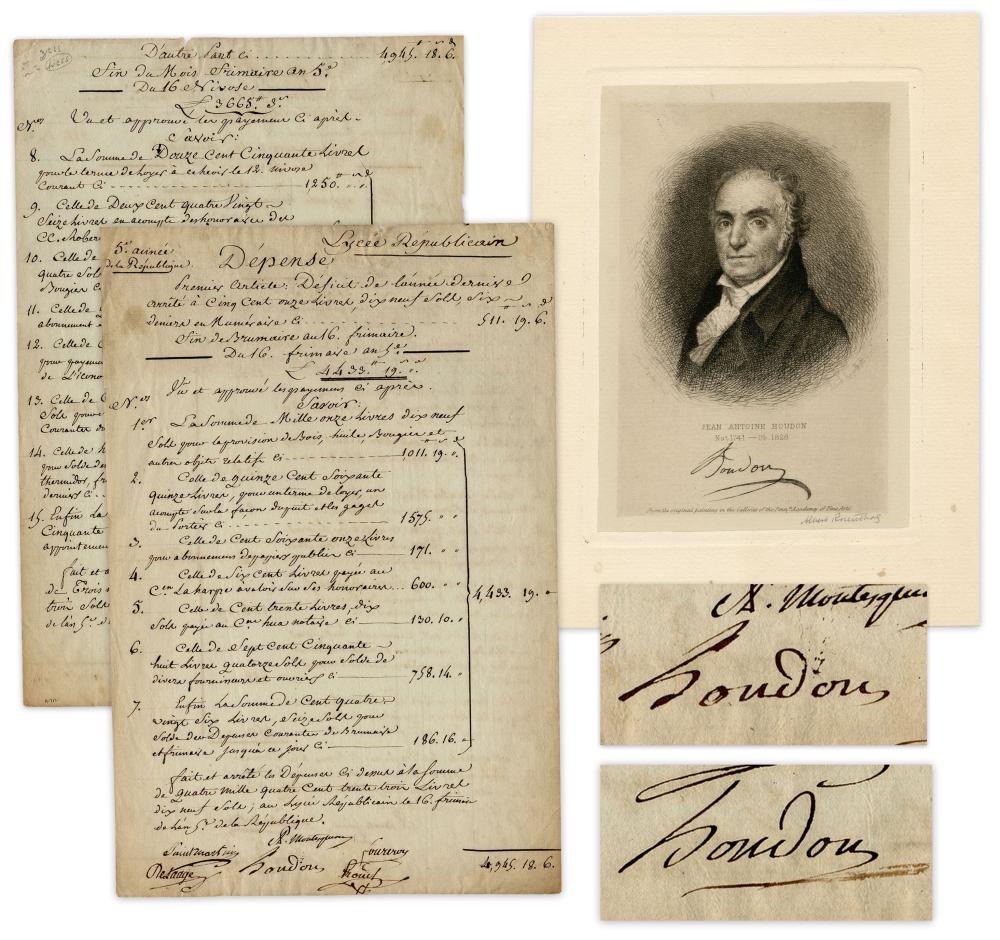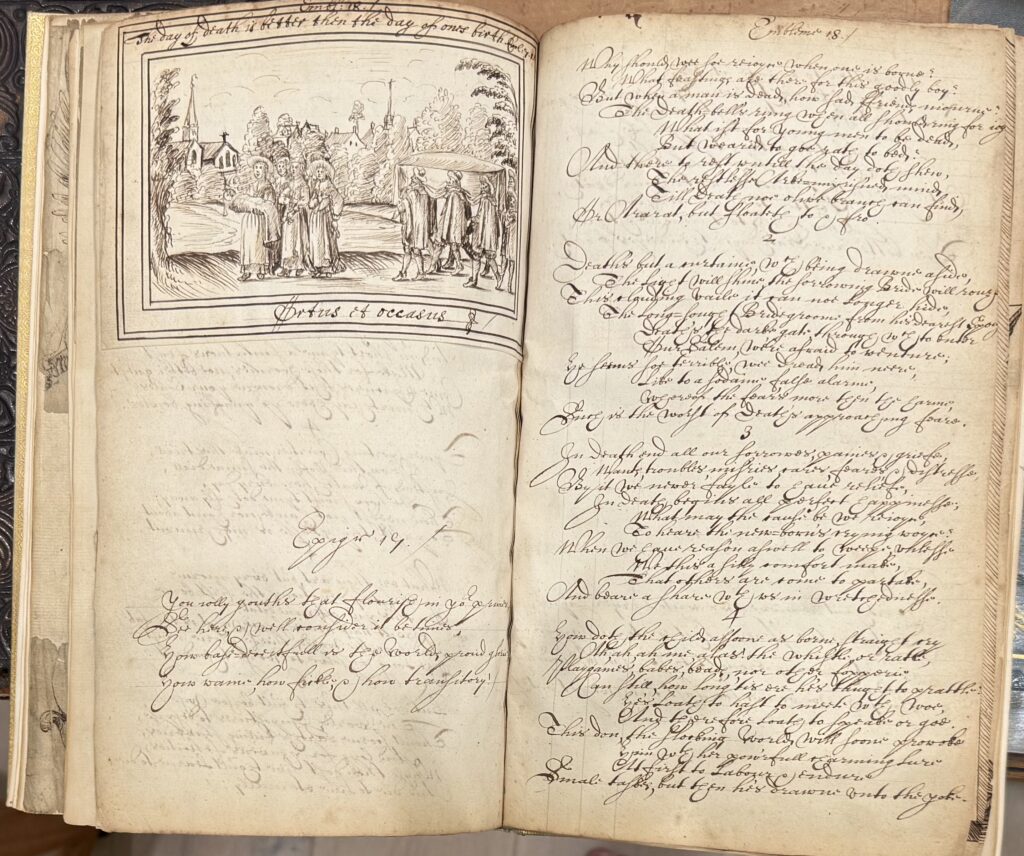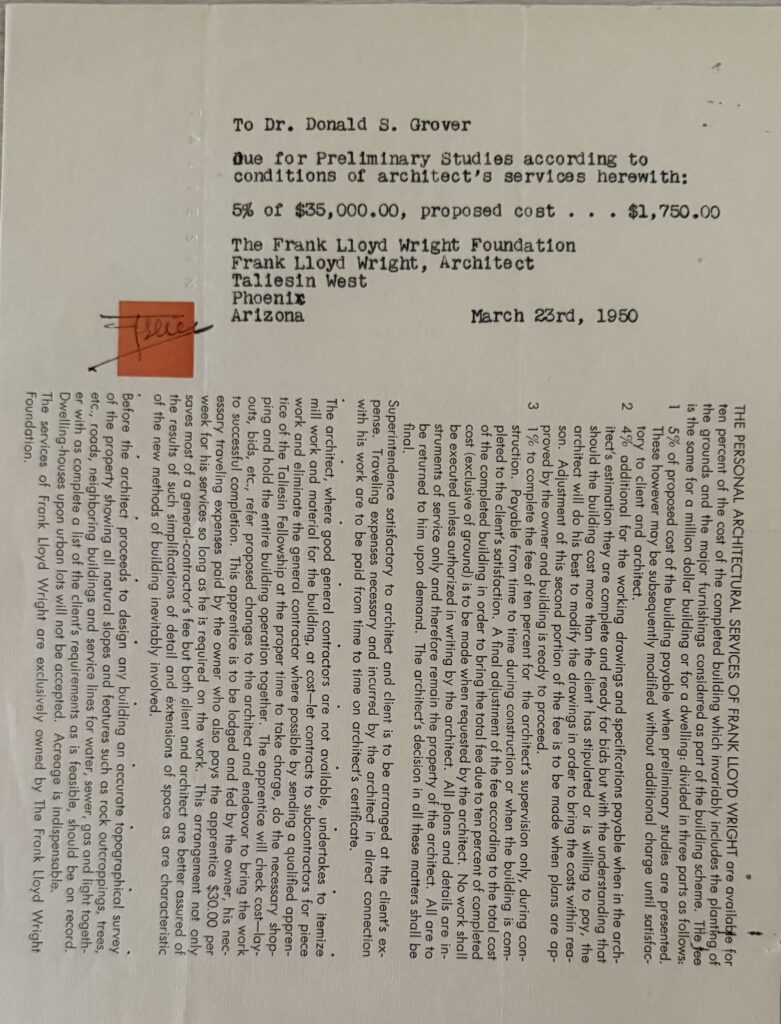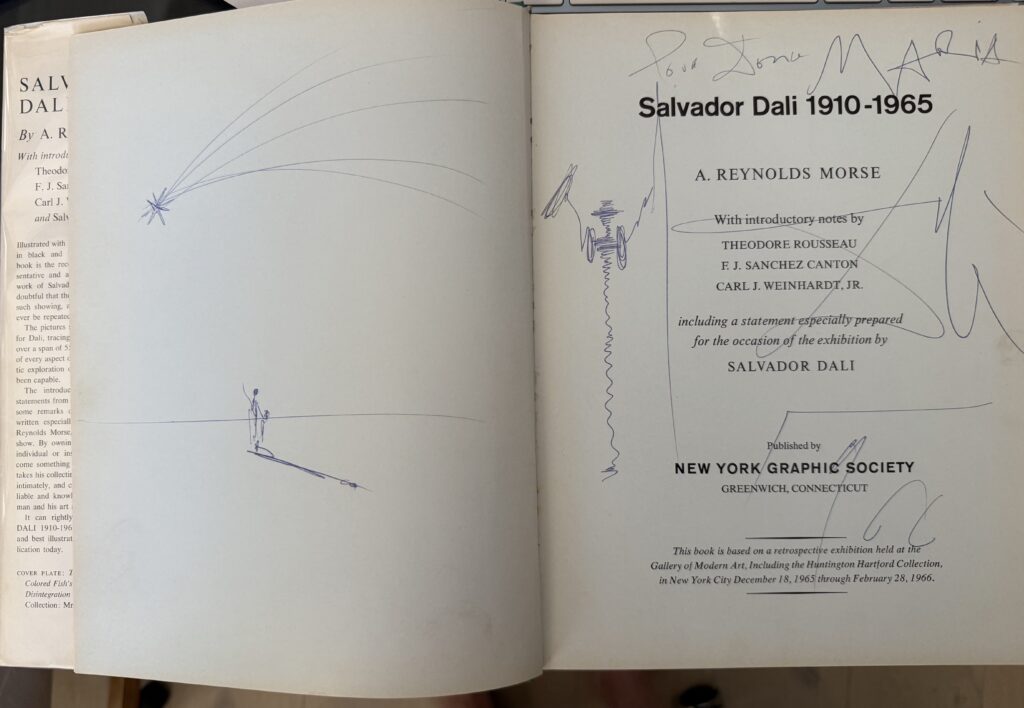THE ARTIST WHO CREATED THE MOST FAMOUS STATUE OF GEORGE WASHINGTON
Houdon 2x Signed French Directory Doc the Same Year His G. Washington Statue Was Delivered in Richmond, With 5 Bonus Notable Signatures!
A 2pp manuscript document in French twice signed by Jean-Antoine Houdon (1741-1828), the eminent French portrait sculptor, as “Houdon” near the bottoms recto and verso. The double-sided document inscribed in neat secretarial script is also signed by five other notables from the French Directory period, of whom four have been identified (see more below.) The undated document outlines expenses incurred administrating the Lycée Républicain, the private Parisian academy, from ca. November 20, 1796 – January 5, 1797. N.p. but almost certainly Paris, France. 8.5″ x 12.875.
Accompanied by a handsome engraving of the sculptor measuring 6.5″ x 9.” From a recently discovered collection that has not seen the light of day for over 70 years!
Jean-Antoine Houdon and the other five signers of this document appear to have served in an administrative capacity for the Lycée Républicain, perhaps as a board of governors, as they authorized the payment of the itemized expenses. It is likely that Houdon also taught courses at the school. The other signers we believe we have identified (limited by extant signature examples) include:
– Antoine-François de Fourcroy (1755-1809), a French chemist long associated with the school, who has signed as “fourcroy” at bottom recto. No signature examples could be found other than a note signed by Fourcroy as “f.”
– Anne-Pierre, Marquis de Montesquiou-Fézensac (1739-1798), a French military commander, who has signed twice as “A.P. Montesquiou” at bottom recto and verso. An exact signature match could be found.
– Louis-Claude de Saint-Martin (1743-1803), a French philosopher, who has signed twice as “Saint Martin” at bottom recto and verso. No signature examples could be found.
– Jean-Pierre Houël (1735-1813), a French engraver and painter, who has signed as “houel” at bottom recto. No signature examples could be found.
– The sixth signed has not been identified.
The front of the document lists seven items of expenditure incurred between the “fin de Brumaire au 16 frimaire” or around November 20, 1796 – December 6, 1796; while the back lists an additional eight items from the period encompassing the “fin du Mois Frimaire an 5e Du 16 Nivose” or around December 20, 1796 – January 5, 1797. Expenses included rent (items 2, 8); project costs associated with suppliers, workers, carpet makers, and notaries (items 5, 6, 12); and basic supplies including wood, oil, candles, and other related objects (“pour les provision de Bois, huile, Bougies et autres objets relatifs”) (items 1, 10).
Of particular interest are expenses specifically related to the function of the Lycée Républicain as a place of learning and intellectual exchange. This includes subscription costs to published papers (“pour abonnement de divers papiers publiés”) (items 3, 11), as well as stipends for honorary faculty (items 4, 9). Jean-François De La Harpe (1739-1803) famously taught literature at the Lycée Républicain while wearing a red republican cap; his name is mentioned in item 4: “Celle de Six Cent Livres payée au Cen. La harpe à valoir Sur Ses honoraires” (“That of Six Hundred Livres Paid to C[itiz]en La harpe worth his fees”).
The Lycée Républicain was a private school in Paris that offered advanced academic courses to subscribers. It had been established in December 1781 by Pilâtre de Rozier, the celebrated French aviator who died in a hot air balloon accident just four years later. When it was founded, it was known as the Musée de Monsieur, named after its royal patron, the King and Count of Provence. The school was renamed the Lycée Républicain during the Reign of Terror, in December 1793, following a counter-revolutionary purge of its faculty (among these “subversive” instructors was the prominent French chemist Antoine Lavoisier, who was convicted and guillotined for fraud in May 1794.) The Lycée Républicain changed its name again in 1802, becoming the Athénée de Paris, and once again, to the Athénée Royal, during the reign of Louis XVIII. It shuttered its classrooms and lecture halls after sixty years in 1848.
French academics, scientists, philosophers, and artists like Jean-Antoine Houdon flocked to the bevy of societies, lodges, schools, and academies of Revolutionary Paris. They often taught at these intellectual hubs, and socialized and collaborated with fellow members. Houdon’s membership in the Loge des Neuf Soeurs, or the Lodge of Nine Sisters, is well-documented; this pro-American Revolution Masonic fraternity attracted the likes of Voltaire, Benjamin Franklin, John Paul Jones, Jacques Montgolfier, Joseph-Ignace Guillotin, and others. Both the Lycée Républicain and the Neuf Soeurs eventually served as secular educational alternatives to Catholic schools and universities since fallen out of favor during the French Revolution.
Places like the Nine Sisters fostered friendship between the Americans and French. In 1784, Thomas Jefferson nominated Jean-Antoine Houdon to sculpt a life size standing statue of George Washington to be displayed at the Virginia State Capitol. Houdon and several assistants traveled to Mount Vernon in 1785 to take Washington’s body measurements and life casts, and Houdon sculpted the 18-ton block of Carrara marble until around 1791/1792. The completed statue was put on display at the Richmond Rotunda in May 1796, just six months or so before Houdon signed this document.
Other famous historical personages sculpted by Jean-Antoine Houdon included world leaders (Louis XVI, Napoleon Bonaparte, Catherine II); Enlightenment philosophes (Rousseau, Voltaire, Diderot); and heroes of the American Revolution (Franklin, Jefferson, Marquis de Lafayette.)




